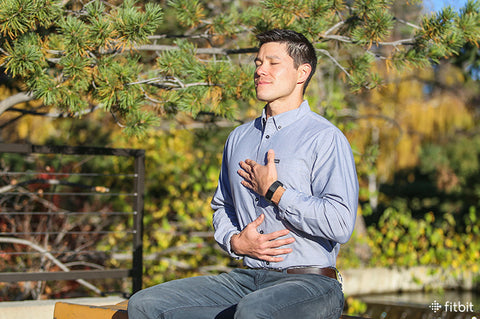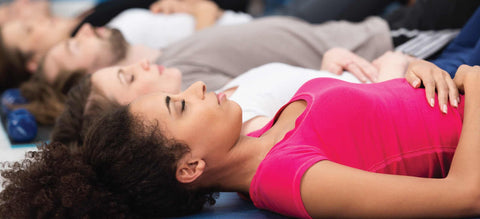Breathing Exercise for Covid
COVID-19 is known to be a respiratory disease that causes severe lung damage and breathing problems, among many other health problems. It may take a while for your body to return to normal after a disease like COVID-19, and targeting the respiratory system can significantly affect your lungs, heart, and muscles.
As the virus continues to spread, you may wonder if strengthening your lungs will help you fight it off if you are infected. Raymond Casciari, a pulmonary ologist at St. Joseph's Hospital in Orange, Calif., says, "The first thing that happens with COVID-19 is shortness of breath and oxygen saturation starts to go down. The better your lungs are, the better off you'll be."
Breathing exercises can help strengthen the lungs and may be beneficial in reducing the effects of COVID-19 infection on the respiratory system. You can strengthen these muscles and improve your overall breathing ability with a variety of exercises.
Building Lung Strength at Home
Deep breathing
Breathing and lung strengthening exercises, especially deep breathing, can help restore diaphragm function and improve the ability to breathe, which can be hindered if there is any inflammation, or if fluid builds up in the lungs or air passages. It can also clear mucus, restore saturation and better fight infection.

Pursed lip breathing
Breathing with compressed lips helps slow breathing and increases the volume of air exhaled, which helps reduce the feeling of breathing difficulties.
On the exhale, inhale slowly and gently press your lips together. Don't force air out.
Try to exhale with a tissue in front of your mouth and allow the tissue to move slightly to provide a useful visual effect.
First practice lip pursed breathing at rest. Then, breathe with pursed lips during activities such as standing and walking.

Diaphragmatic breathing
Also known as abdominal breathing, doing this exercise helps improve the function of the diaphragm, allowing more air to enter the bottom of the lungs and facilitate breathing.
Please sit down comfortably or lie down comfortably. Place the tip of your tongue behind your upper front teeth. Keep your back straight and close your eyes. Try to breathe normally, then place one hand on your chest and the other on your stomach.
Breathe deeply through your nose to expand your ribs and feel your stomach expand outward. Exhale and extend your belly inward. Slow and deep breaths in a similar manner up to 10 times.

Inspiratory muscle training
Inspiratory muscles are the muscles in the body that breathe in air. These muscles can be trained using inspiratory muscle strength and endurance training equipment.
Devices like OPUMP help improve the strength and endurance of the muscles we use to breathe. They are usually used twice a day for 15 minutes.
Precautions to follow
It is important to remember that while dynamic respiratory stretching and exercise can help strengthen lung function and reduce the risk of respiratory complications, people with COVID-19 + should not engage in high-intensity exercise and see how they feel first.
These exercises are best for those with mild or moderate symptoms of COVID-19. Consult your doctor before trying any of these exercises.
评论
发表评论